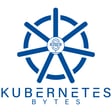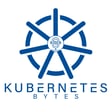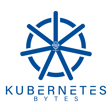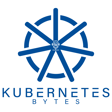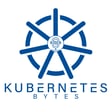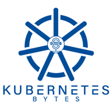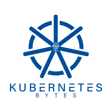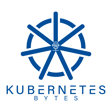
Breaking Down the Diamond: A Look at MLB's Kubernetes-Powered Analytics
In this episode, Bhavin and Ryan chat with Kevin Backman from Major League Baseball (MLB) and Mike Wagner of Metify to talk about how MLB made the transition to baremetal Kubernetes with Anthos to support all 31 major league ballparks and their infrastructure for capturing on field statistics.
- 03:35 - Cloud Native news segment
- 12:10 - MLB and Metify Interview
- 49:06 - Takeaways
Are you ready to earn extra income from sharing your expert opinion? Head over to userinterviews.com/hello to sign up and participate today!
MLB Article https://technology.mlblogs.com/anthos-on-bare-metal-how-mlb-turned-ball-parks-into-on-prem-k8-clusters-295031253a33
News
Kubecon Sessions are live - https://youtube.com/playlist?list=PLj6h78yzYM2PyrvCoOii4rAopBswfz1p7
Kubecost Cloud Public Beta - https://www.globenewswire.com/news-release/2023/05/09/2664089/0/en/Kubecost-Announces-Public-Beta-of-Kubecost-Cloud.html
Group Volume Snapshots - Crash consistent https://kubernetes.io/blog/2023/05/08/kubernetes-1-27-volume-group-snapshot-alpha/
Coinbase uses Kubernetes to run staking nodes - https://www.coinbase.com/blog/operating-staking-nodes-on-kubernetes
Kubernetes 1.27: StatefulSet start ordinal simplifies migration https://www.cncf.io/blog/2023/04/26/introducing-sessionize-a-new-cfp-platform-for-cncf-events
https://community.cncf.io/events/details/cncf-cncf-online-programs-presents-cncf-on-demand-webinar-run-wasm-shim-this-way
https://www.techtarget.com/searchitoperations/opinion/Takeaways-and-emerging-trends-from-KubeCon-Europe-2023
https://cloud.google.com/blog/products/containers-kubernetes/backup-for-gke-concepts-part-1
https://www.nutanix.com/blog/nutanix-announces-early-access-of-ndk
